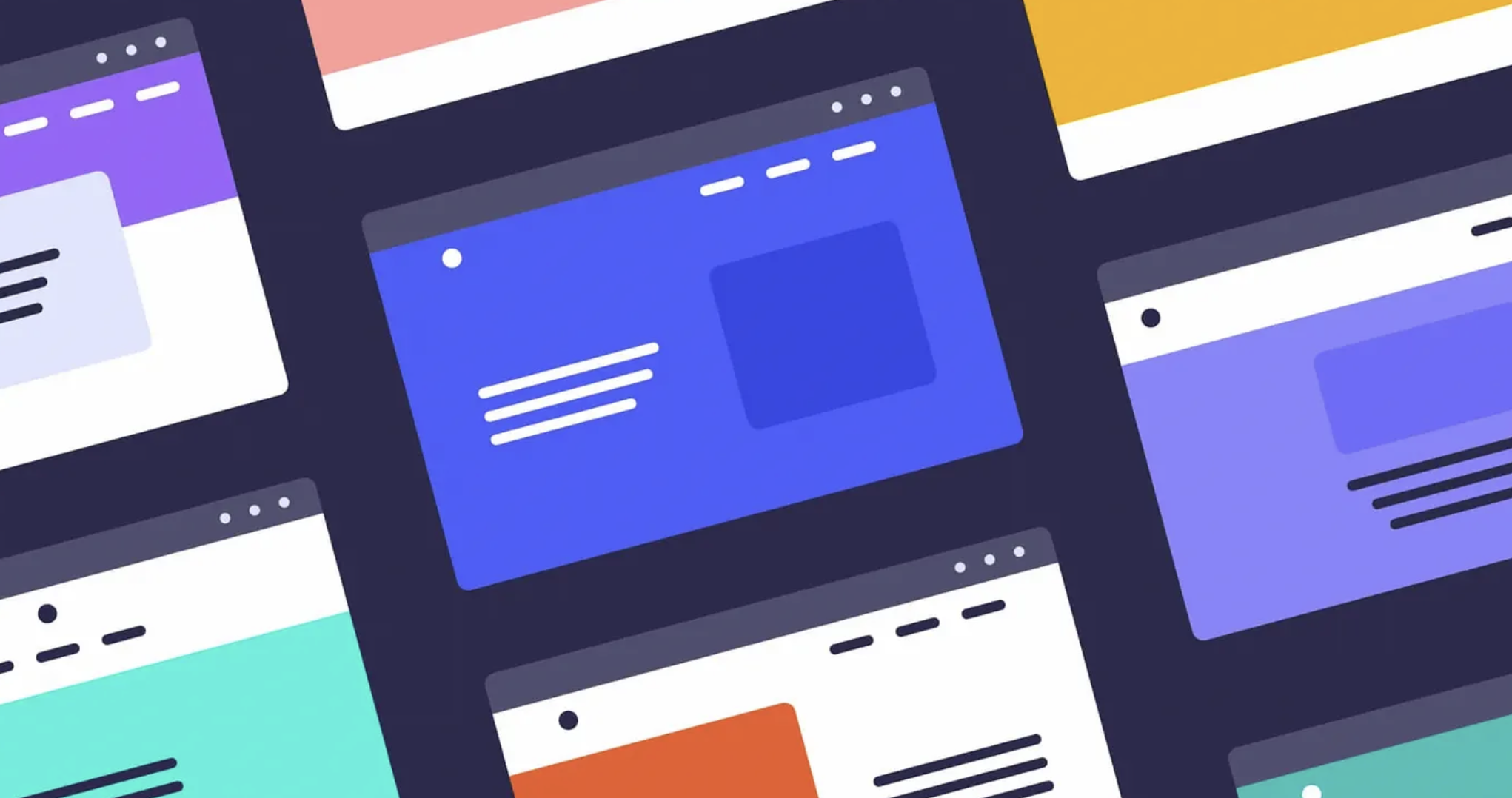
How to Make a UX Design Portfolio
This content highlights key elements you might want to incorporate in your portfolio. The original content can be found at Designlab. Click on the button below to explore portfolio tips and examples.

This content highlights key elements you might want to incorporate in your portfolio. The original content can be found at Designlab. Click on the button below to explore portfolio tips and examples.
It's crucial to demonstrate strong problem-solving skills in your portfolio. Beyond showcasing the final product, you need to illustrate your ability to analyze and define problems, conduct thorough research, generate ideas, and develop solutions that align with both business and user needs. This can be effectively communicated through images or videos of your process accompanied by a detailed narrative that explains the progression of each project. Although this approach requires significant effort, it highlights your capability to manage projects comprehensively.
Usability is a key aspect of a successful portfolio. While it's tempting to create visually striking designs, the primary goal should be to present your case studies clearly and make information easily accessible. Avoid overly experimental navigation or elaborate designs that can detract from the work you're showcasing. Ensuring that your portfolio is user-friendly allows hiring managers to efficiently find and understand the information they need, thus improving your chances of making a positive impression.
Transform your portfolio into a compelling narrative to stand out among numerous applicants, especially for junior positions in large organizations. By thoughtfully presenting each piece as a story rather than just a collection of images, you demonstrate your design thinking and attention to detail. Your portfolio is essentially your visual resume, so make it count by being specific and concise. Hiring managers typically glance over portfolios quickly, so use this limited time to effectively convey who you are and what you do, making their review process easier and more enjoyable.